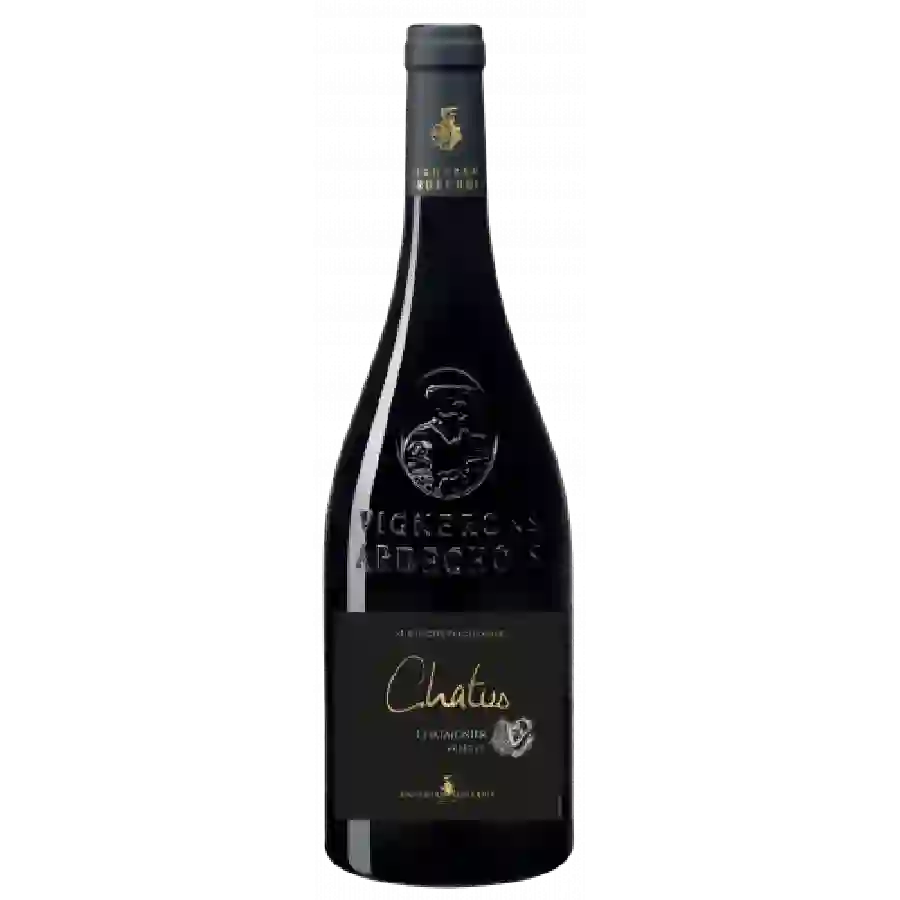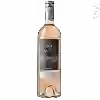
Winery Vignerons ArdéchoisMonnaie D'Or Réserve Chatus
This wine generally goes well with
Details and technical informations about Winery Vignerons Ardéchois's Monnaie D'Or Réserve Chatus.
Discover the grape variety: Chatus
Chatus noir is a grape variety that originated in France (Cévennes). It produces a variety of grape specially used for wine making. It is rare to find this grape to eat on our tables. This variety of grape is characterized by medium-sized bunches and small grapes. Chatus noir can be found in several vineyards: South-West, Cognac, Bordeaux, Loire Valley, Provence & Corsica, Rhone Valley, Savoie & Bugey, Beaujolais, Languedoc & Roussillon.
Informations about the Winery Vignerons Ardéchois
The Winery Vignerons Ardéchois is one of of the world's great estates. It offers 148 wines for sale in the of Ardèche to come and discover on site or to buy online.
The wine region of Ardèche
The wine region of Ardèche is located in the region of Méditerranée of Vin de Pays of France. Wineries and vineyards like the Domaine Le Liby or the Domaine Vignerons Ardéchois produce mainly wines red, white and pink. The most planted grape varieties in the region of Ardèche are Viognier, Merlot and Cabernet-Sauvignon, they are then used in wines in blends or as a single variety. On the nose of Ardèche often reveals types of flavors of cream, mango or red cherry and sometimes also flavors of oaky, cassis or strawberries.
The wine region of Méditerranée
Méditérranée is a PGI title that covers wines produced in a large area of the South-eastern coast of France, roughly corresponding to the wine region of Provence but also including Part of the Rhône Valley. The PGI shares its territory with multiple AOC appellations as varied as Châteauneuf-du-Pape, Bandol and Côtes de Provence. The PGI Méditérranée catchment area extends over 10 departments (including the two on the island of Corsica), as well as smaller parts of the Isère, Loire and Rhône departments. Viticulture is essential to the culture and economy of this part of France.
The word of the wine: Power
Character of a wine that is full-bodied, generous and has a rich bouquet.














